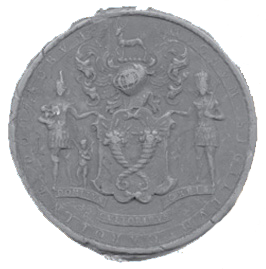French Santee, A Huguenot Settlement in Colonial South Carolina is in local bookstores and the response from our readers to all those years of research is gratifying! We thank you for your kind calls, emails and notes. We are pleased that we have provided so many of you with “a vivid image of our ancestors’ lives in colonial South Carolina” and that we have given you new links to pursue in your own genealogical lines.
As many of you have commented, it is a book rich in details – a book that can be dipped into and savoured over time. And the reader is not limited to reading just their own family’s history. The French settlement on the Santee River was a community of families dependent on each other for survival. There is much to be learned from all their stories – from that of Pierre Robert, who came from Switzerland and was the first known minister of French Santee, and Claude Philippe de Richebourg, the minister whose house became a fortress during the Yemassee Indian War. It tells how Pierre Royer, a tanner who lived on Echaw Creek, and Pierre Couillandeau, a blacksmith on the Santee River, contributed to the settlement. It is the account of the elderly nobleman Sieur Arnaud Bruneau who fled France at the age of 77 to bring his son and grandson to a land of religious freedom. And of young Andre Rembert, a shoemaker, who with his wife Anne Bressan crossed the Alps on foot and settled at French Santee where they raised at least nine children. It is the story of the strong women like Rembert’s daughter Marguerite who raised a large family and buried three husbands in the wilds of Carolina. It is the story of how all of these men and women struggled together to build a new future far from their beloved homelands.
